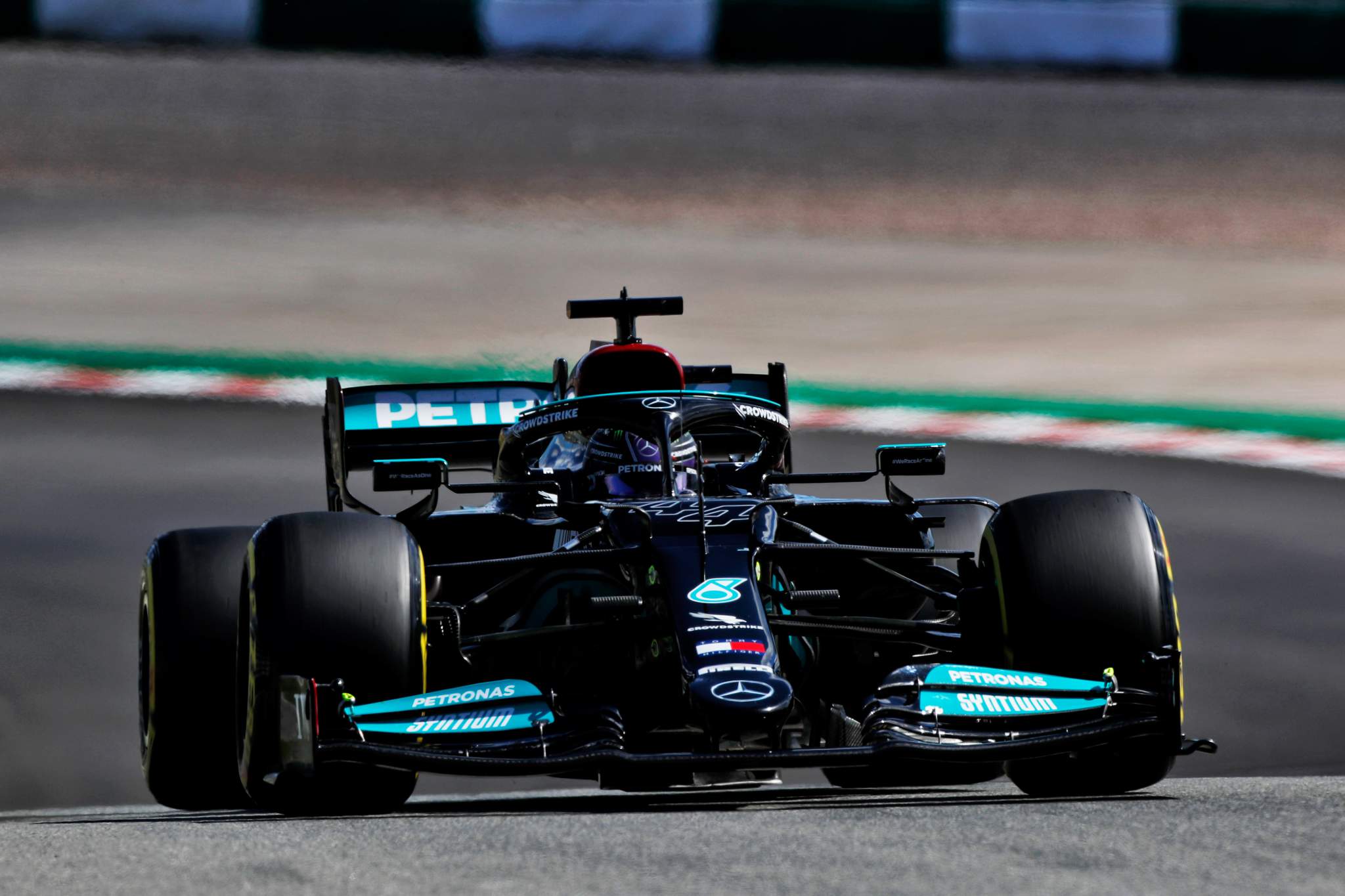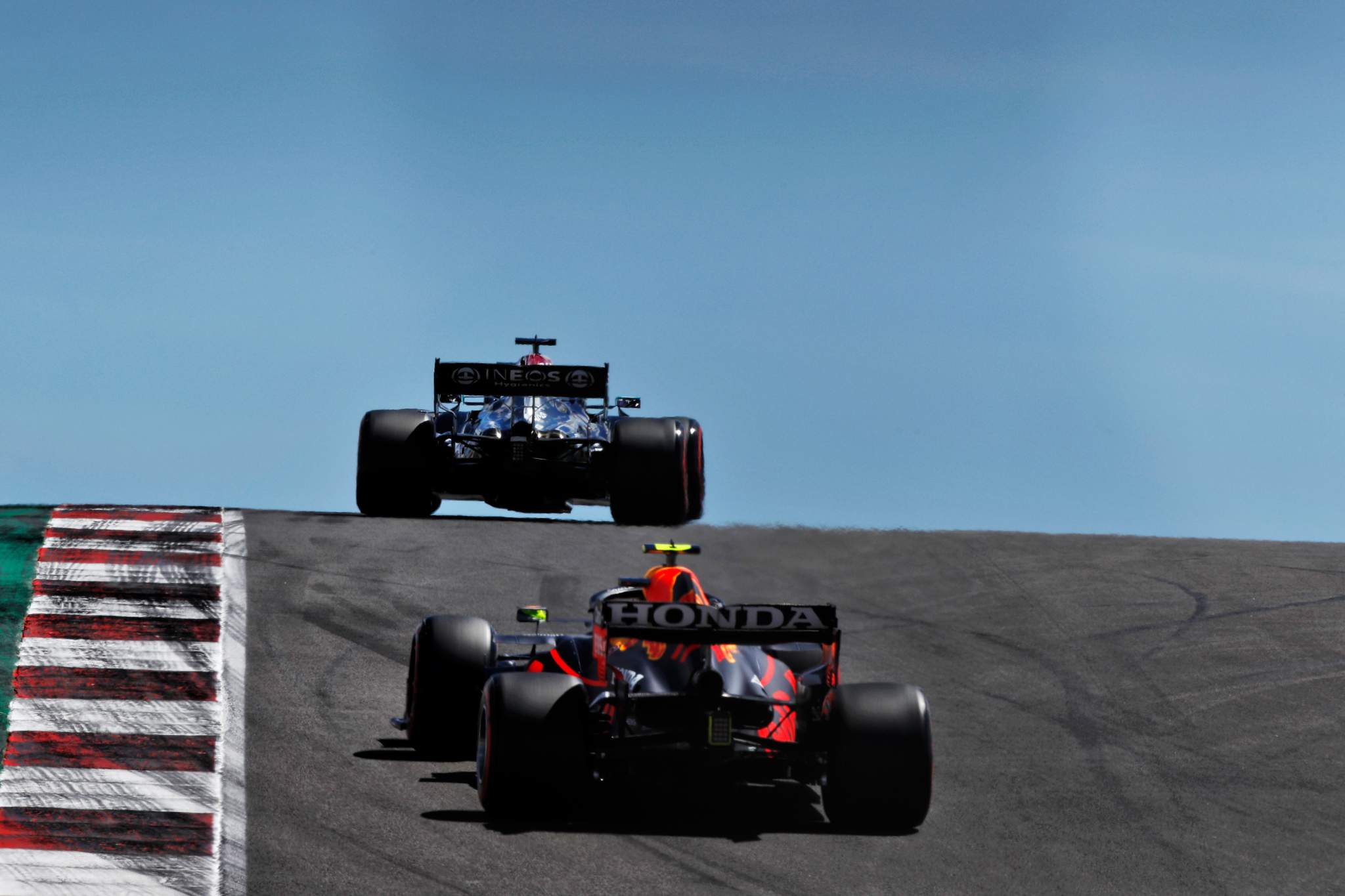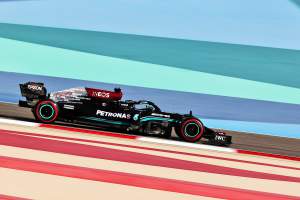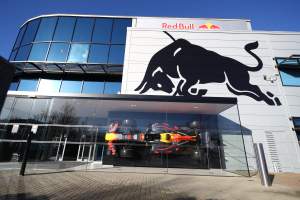Up Next

We all expected a close battle at the front in Portugal, and while Lewis Hamilton and Mercedes won out in the end Valtteri Bottas and Max Verstappen were both right up there and Sergio Perez, though not right in the lead battle, was also a factor.
It was all about small margins, whether that was Verstappen exceeding the track limits in qualifying when chasing the fastest lap or the 0.007 seconds that separated Bottas and Hamilton for pole position.
Yet despite things being so close in qualifying in particular, why does it often seem to turn out so much easier – and I use that word as a positive – for Hamilton in the race?
After all, it’s never easy to win and without Hamilton’s commitment to taking on the challenge of a close fight for the championship, Mercedes would look nowhere near as good as it does currently.
One thing that was very noticeable during the race was that Mercedes had a massive advantage over Red Bull when it came to DRS overtakes. It was exactly the opposite when a Red Bull was attempting an overtake, so was this just down to the offset of the speed advantage generated by opening the DRS, or does it reveal something inherent in the concept of the packages?
To try to understand this a little better, I have taken the fastest speed from qualifying when they cross the start-finish line and then across the speed trap at the end of the same straight.
In qualifying, the drivers can use the DRS in this area on all their laps. As they are going for a single fast lap, they won’t be following anyone so it’s a good indication of the overall speed gain with the drag reduction of the DRS.
| Driver | Start/finish | Speed trap | Delta |
| Hamilton | 299.8km/h | 314.6km/h | 14.8km/h |
| Bottas | 299.5km/h | 311.4km/h | 11.9km/h |
| Verstappen | 295.3km/h | 314.4km/h | 19.1km/h |
| Perez | 293.3km/h | 311.3km/h | 18.0km/h |
If we take the fact that the DRS hasn’t been open for very long when the cars cross the start-finish line and that the last corner is flat out, the speed there is more to do with the car’s inherent aerodynamic efficiency. You can then assume the increase in speed at the end of the straight is predominantly generated by the drag reduction of the DRS – the higher the delta (above), the greater the reliance there is on DRS.
This suggests that the Mercedes cars are inherently that little bit more efficient, but that Red Bull’s DRS is more efficient. The end result is that the top speed for both Hamilton and Verstappen is more or less the same.
I know their team-mates are roughly 3km/h slower, but if you had a power unit that was just that little bit crisper, whose cars would you put them in?

So then why in the race – beyond the small Verstappen error that allowed Hamilton to get slightly closer – was Hamilton able to breeze past Verstappen, yet Verstappen was hardly able to close the gap on Hamilton?
From the start of this season, we have heard a lot about high versus low rake cars and this also plays a part in top speed. If you lower the rear of a car you will reduce the drag, so why doesn’t Red Bull just lower it that little bit?
It doesn’t lower it because the team believes the high rake concept is better for achieving overall performance. Mercedes believes the same with its low-rake concept, and as we have seen on many occasions out and out lap time is critical. Qualify on the front row, make a good start and you can normally speed off into the distance even if your straightline speed isn’t the best.
But as we saw in Sunday’s race the ability to overtake quickly and efficiently is also important. It becomes even more important if you have two teams that are similar on pace as the drag of the cars comes into play. But even more importantly, you must also factor in the tow the leading car gives the following car.
From these numbers, I would suggest the Mercedes concept is slightly more efficient and leaves a tidier wake behind it, whereas the Red Bull is fractionally less efficient but leaves a much more disrupted wake behind it, giving any following car a better tow.

All cars, fast or slow, punch a hole in the airflow and leave a turbulent wake behind them. The worse it is, the more downforce the following car will lose and with that downforce loss, there will also be a drag loss. If that happens in a corner then the more the balance shift and overall grip loss there will be for the following car, which is why no driver wants to follow a car closely when they are going for a quick lap. But if it happens on the straight, then the benefit to the following car will greater.
Simply put, any car following a Mercedes will struggle to overtake even with the DRS, but any car following a Red Bull will get the added advantage of that extra tow and with DRS breeze past.
These characteristics could prove crucial in the world championship fight. After all, Hamilton and Verstappen have had wheel-to-wheel battles in all three races so far, meaning any advantage in overtaking or defending on straights is more significant than in recent years.
Downforce levels are always a compromise for each circuit. It would be too easy to say that if Mercedes was to run a little more downforce then it would offer a better tow to the following car or vice versa for Red Bull, with less downforce offering less of a tow.
The simulations conducted by the teams show that what they run is the best compromise for them, but perhaps in the real world, it might just be worth an experiment. If Red Bull loses a tenth in lap time and gains a couple of km/h on the straight, we might just see a more equal battle on race day – or at least it might just mean that it wouldn’t be quite so easy for a Mercedes to pass a Red Bull.
But I suspect Mercedes is fairly well in the sweet spot with how it goes about the compromise – seven consecutive drivers’ and constructors’ championships confirm that theory.
Combing back to the high or low rake talking point, the Portuguese GP weekend allows us to take another look at the lap time lost. I’ve compared each car’s fastest lap from the 2020 Algarve weekend to this year, with most but not all times coming from qualifying.
| Team | Time – 2020 | Time – 2021 | Delta Time, 2020 vs ’21 | Delta Percentage 2020 vs ’21 |
| McLaren | 1m17.189s | 1m18.481s | +1.292s | +1.657% |
| Alfa Romeo | 1m17.920s | 1m19.216s | +1.296s | +1.662% |
| Williams | 1m17.788s | 1m19.109s | +1.321s | +1.694% |
| Alpine | 1m17.189s | 1m18.586s | +1.397s | +1.792% |
| Mercedes | 1m16.466s | 1m17.986s | +1.502s | +1.926% |
| Red Bull | 1m16.812s | 1m18.489s | +1.677s | +2.151% |
| Ferrari | 1m17.090s | 1m18.769s | +1.679s | +2.153% |
| Haas | 1m18.287s | 1m20.033s | +1.746s | +2.239% |
| Aston Martin | 1m17.129s | 1m18.970s | +1.841s | +2.361% |
| AlphaTauri | 1m16.930s | 1m19.052s | +2.122s | +2.722% |
This suggests that since the start of the season, Mercedes has been burning the midnight oil in trying to understand how to get the best out of its low rake concept and has done a very good job.
As far as the loss is concerned it is now nip and tuck with Red Bull, so looking at this table you would say that within either concept high or low rake there are solutions to finding that extra performance. It’s all about making the car work – something Aston Martin should recognise.
Barcelona this weekend will be an interesting circuit. The teams have bucketloads of data from that track and it has always been an aero-dependent circuit that brings out the best in a fast car.
Red Bull and Verstappen need to start their fight back and start it now if they are to have any chance of beating Mercedes and Hamilton to either of the championships. Otherwise, it risks being a case of what might have been.
Looking outside of the top two, I would like to mention how good a job McLaren and Lando Norris are doing to be the best of the rest.
McLaren is backing up its third place in the constructors’ championship from last year and proving that the days when the famous team will be winning again are getting closer – even if it will only happen this year if the top two teams hit trouble.






